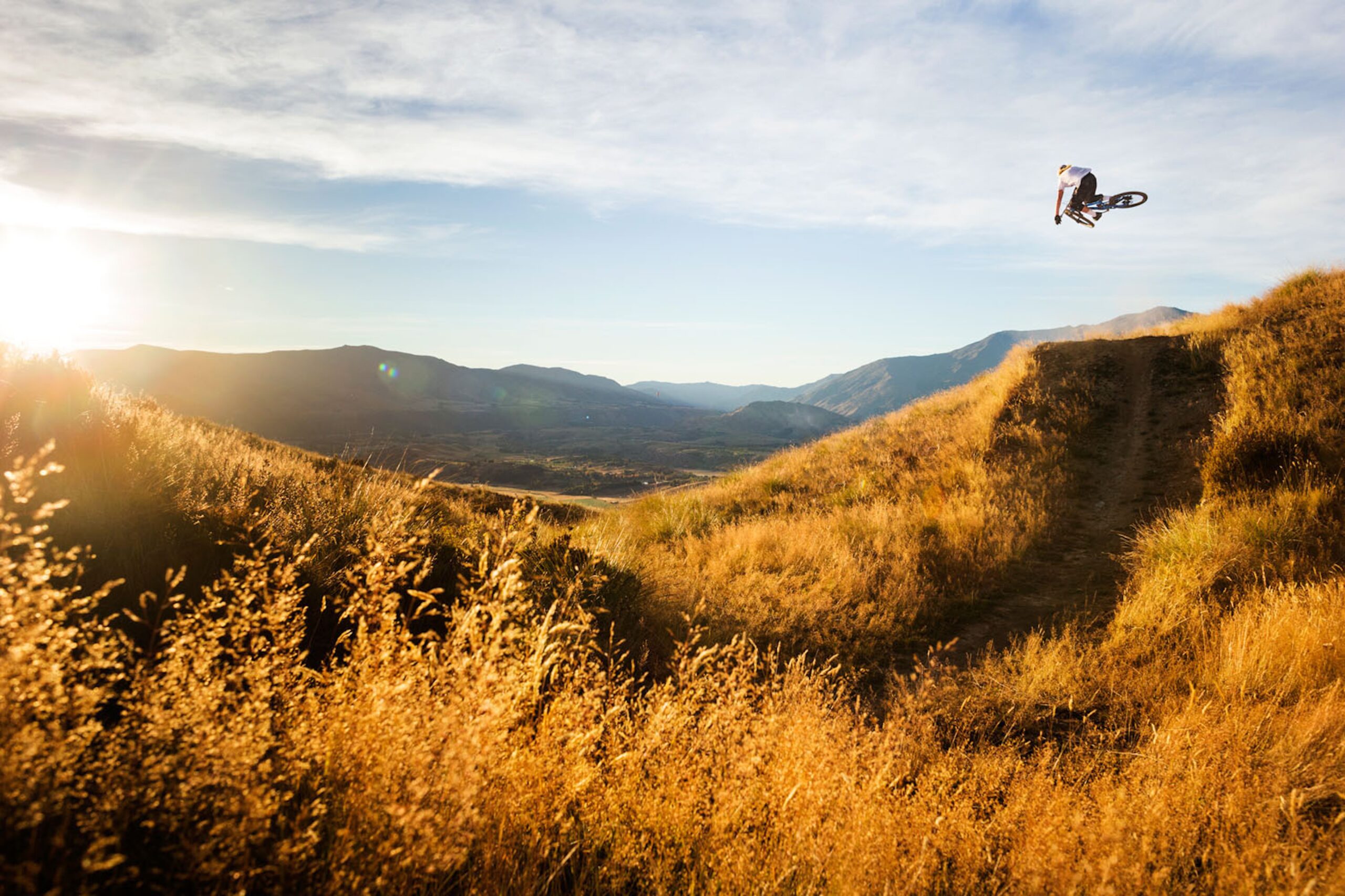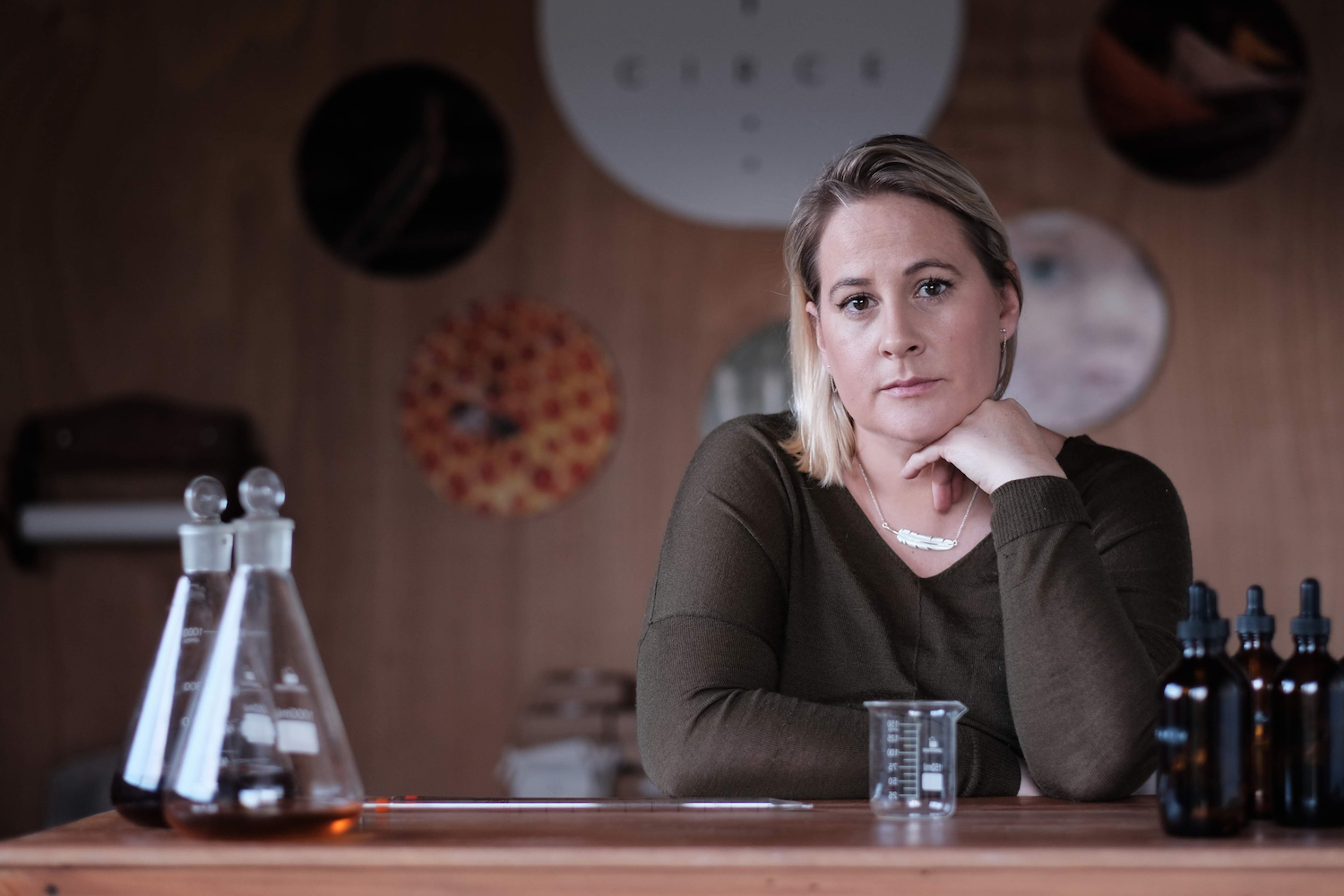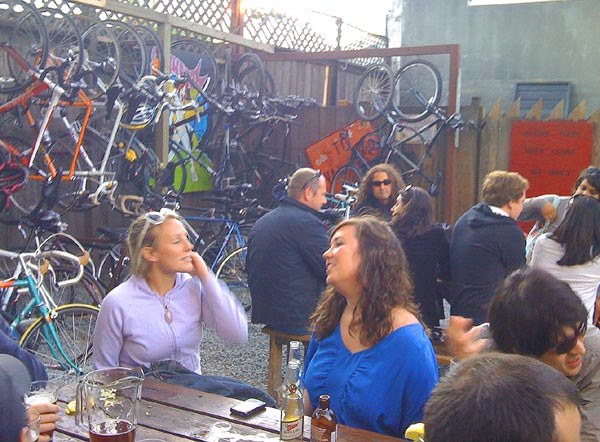Buying a mountain is not something you hear of every day but Kiwi entrepreneur Adam Smith has done it, with the vision to transform it into a forest filled with eco-friendly homes.
By Carolyn Enting
Environmental enterprise Treespace (co-funded by Smith) bought Mt Dewar Station, which comprises 1780 hectares, near Queenstown for just over $10 million.
The vision is for it to be the biggest ever commercially funded native tree planting project with more than 140,000 native beech trees planted as part of the business model, supported by the sale of 53 house sections which will only occupy 0.1 per cent of the land.
The housing model includes a leasehold scheme, allowing people to buy their section freehold after 10 years, with most priced around the $360,000 mark and with a small footprint of around 100sqm.
There will also be provision of space for public access and enjoyment, with the creation of more than 50km of trails for biking and hiking.
Mt Dewar was a mountain beech forest prior to human settlement. “It’s a really strong and dominating mountain and has been there forever and it’s had more than 100 years of land use as a pastural farm and in recent times has suffered from wilding pine spread, goats, deer, and rabbits so it has taken a bit of a beating. We want to give the mountain its cloak back,” says Smith.
So only 0.1% of the land will be occupied by the houses and rest of it will be left to be bike trails and forest?
Pretty much. We’re giving the mountain back its cloak in a way. There’s about 400 hectares of reforestation in area and then the balance is regenerating tussock lands and high country alpine environments. We take our planting up to a level of 650m above sea level and up the gullies go higher at about 800m above sea level. If you start planting higher than that the viability of what you plant starts to reduce significantly. So the amount of reforestation we do is limited by those factors and if it wants to spread naturally higher then it will over time. But the balance of the mountain is we take out any invasive species and allow the natural plants and eco system to regenerate as a scrub species and bush species and the wildlife around it.
The actual footprint of the buildings is extremely small. 0.1 per cent. The planned layout of buildings is partly driven by the reforestation strategy. We wanted to be able to create an environment where you’ve got continuous density of forest across the entire mountain, even where the houses are, and we also wanted to challenge the value proposition around what is value. Bigger, better or can you actually create a smaller platform for which to build and have a smaller building but have a lot more space around it and a lot more nature and more privacy. And can that be more valuable than having bigger house that’s closer to other houses without being surrounded by nature. We wanted to create an alternative so that space and nature is value proposition, not how big your house and section is.
So rather than having 12 big sites with big buildings, what if you chopped that up into small pieces and distributed it across a larger area and had a whole lot of space and people built smaller houses so the value when you add it up is the same but it allows a diversity of occupation, it allows price point where it’s not just high end homes or multi-million dollar purchasers that can access it. And if you have a diverse population and a population representative of the location then the community is going to be stronger and the whole value proposition going to be stronger of the mountain and its chances of success. So it comes from a few different levels. One is a philosophical level around small house design, the availability of low impact materials and the cost of building. That building smaller can be better and less damaging, value proposition around space versus size and economic where you are pitching it and the social and community benefits of that.
In terms of the tree planting is that something that the people who buy the properties invest in or is TreeSpace planting trees as you go?
The purchase of the sections and the cash flows from the leasehold pay for the reforestation. So there isn’t an additional amount that needs to be paid for the planting of trees.
One of the really important parts is the whole model and in this case, this project, the fact that people are living there is what makes it possible economically but also people are part of the eco system as well. I think there is a tendency in some quarters to say people live over here and nature lives over there. You have apartments and buildings and you don’t live in the beautiful places. You visit it and then go back to where you live. So the fact that people are living within the forest gives a level of care and observation that isn’t otherwise possible. For your national park you’ve got your national park ranger that might run around the place and people who walk some trails but in this case you’ve got a community that’s living out there. For example, if there’s plants that are struggling, or from a predator trapping perspective. You’ve got the network of eyes and ears that are within that eco system that are integral to its success. It’s important that people are in that same eco system and it’s beneficial for the entire reforestation and eco system that people are in there.
This particular investment was idea-led. What inspired you to dream up this concept and vision?
It’s just trying to do what you can within your skill set and your sphere of influence. And know that there has been an amazing team or network involved in creating this. But fundamentally planting trees and converting land that was unproductive or potentially environmentally damaging in its use to something which is live giving, which is a really simple way to try and rebalance the environment and rebalance ecology. And real estate and property, dealing in space and land and the best use of that land, so it was something that – planting native trees at scale – is something that is inherently positive. And at a high level it is to do with trying to contribute to the solutions in order to rebalance the planet. Respect what we’ve got and try and to do it in a way that can be scaled and in a way that has biggest impact as possible. So converting land use in a way can create its own miro climate and hopefully allow others to participate in that scene. A really elegant way of making a big impact.
Hopefully they will also be excited about you getting rid of all the wilding pine on the property…
Hopefully. The idea that you are changing an entire landscape, the scale of it is that you will change a pastoral outlook to a forest. Some people highly value pastoral agricultural landscape even if it does have a few wilding pines on it so it’s going to be really interesting to see whether the long term benefits of doing something like this – and this is at a big level, this is about planetary health.
What are some of the outlooks people can expect to have?
It’s a mountain site development so it is elevated above the valley. The platforms themselves are on small plateaus and knolls. The actual platforms themselves are predominantly flat or close to flat that people would build on. But the topography as such, and distribution of the buildings, there’s lots of space and outlook and you’re not looking into anybody else. But one of the things that has been quite challenging to explain to Council in particular is your predominant view, in time, is going to be a forest view. You’re going to be looking at trees. That’s the environment. We’re not looking to sell sweeping views of the valley, we are actually selling an environment where you are going to be within a forest. There are setbacks so can look up at the mountain top and around you, and sun can come in, but this is a forest settlement and this is for people who are completely fine with being surrounded by native trees and light and high mountain vistas.
And that gives us a visual as a duel consequence. The reforestation, which is what this is all about, it actually gives us the visual buffer so from below, when people look up at the mountain, its green. The buildings on the hill have a low visual impact, or nil visual impact over time. It’s fortuitous that the act of reforestation is actually what helps us to integrate or make the buildings disappear.
Are you be hoping to mitigate impact on the environment further by having eco-friendly buildings to a certain standard?
At the moment we are required to specify the external fabric of a building. It’s mainly to do with visual recessiveness at this stage – natural timbers and stone, for example, is what we have as an approved palette. The idea that you are building less. Building a small house so there’s less materials. And then the next step when you come to offer the real estate is a series of requirements around health performance and carbon footprint in terms of construction etc. We haven’t decided exactly what that would be but it will be primarily around house performance so that people build is going to perform well passively for them and draw as little water or power as possible. Which in the future is going to create more value for them or less cost.
We are looking to integrate those and we work with a great sustainability engineer to come up with a series of measures that have the most impact without making it too hard for people to execute.







